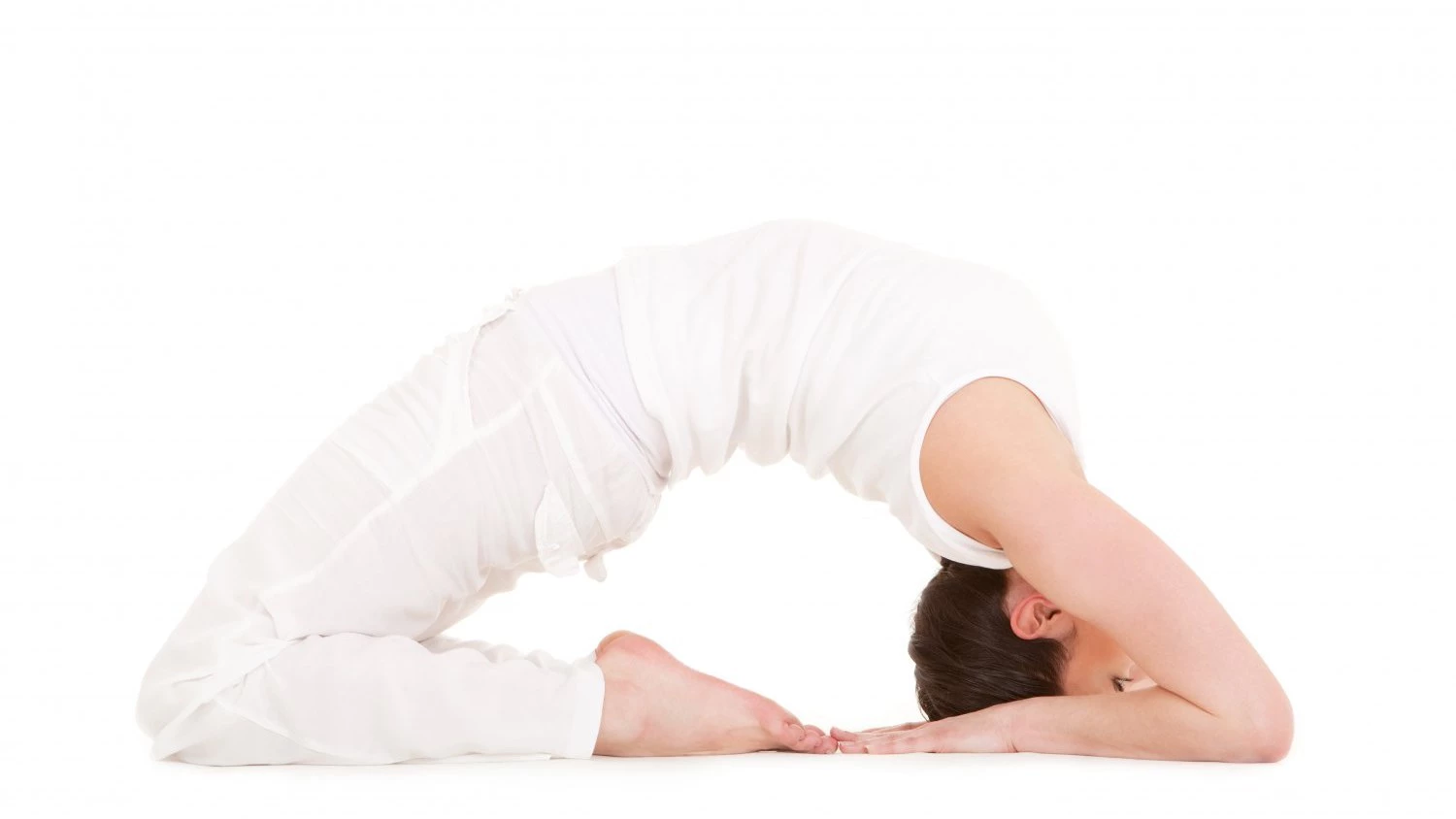Truths About Stretching and Flexibility in Yoga

Yoga can help to increase flexibility, stability and range of motion, particularly as we age, but sometimes the tendency to push toward greater flexibility can come at a cost. Which are the best ways to avoid injury by pushing too hard? Here are some tips to understand when and how to stretch to make the fastest progress in your practice without risk of injury.
Knowing Your Elastic Edge
Muscles, tendons, and ligaments have an ‘elastic edge’; a range in which they can stretch to a certain length under force and then return to a resting state. Overall, the elastic edge is set for all of these tissues.
Muscles have a much longer edge than tendons and ligaments. Once this edge has been passed, tearing and damage can occur.
As we become more flexible, we increase the muscular edge, or degree of muscular flexibility. However, this places excessive force on connective tissues, which have shorter edges (or ranges). The result can be connective tissue tears, impingement, tendonitis, bursitis, and so on.
Tendons and ligaments take a longer time to increase their elastic edges. So while it is easy to see significant gains in flexibility of muscle tissue with regular yoga practice, it is important to remember to never force your movements!
It is also important to remember that as our flexibility and range of motion increase, we experience decreased sensitivity to our true elastic edge because of altered reflex sensitivity in muscle’s stretch receptors. This is why those new to yoga usually feel a sense of stiffness and ‘resistance’ sooner than those who have practiced for extended periods of time.
This is part of the protection mechanisms in muscle and connective tissue. With practice, we can override these mechanisms, which allows us to ease into our edges with less sensitivity. The downside is, we lose the warning signs that tell us when to stop. Consequently, we become more susceptible to passing elastic edges and causing injury.
Flexibility and Age
As we age, we tend to lose overall muscle length, which leads to increased stiffness. We also experience changes in the collagen structure of our connective tissue, which also makes tendons and ligaments less flexible.
The good news is that stretching programs can reduce or slow the onset of these age-related tissue changes. Progressive stretching in particular has shown to be less stressful on muscle tissue. You get the best results by starting with slow and gradual warming of tissues that mimic the movements to be performed, and easing joints through their range of motion. It is also important not to overstretch the muscles that are going to be engaging in load-bearing exercise. So, if you plan to do yoga and weights in the same day, begin with weight training, and then move to your yoga practice.
How to Stretch to Gain Flexibility
Despite much research, there is still insufficient evidence regarding the best way to stretch to develop flexibility. Many factors come into play, including age, gender, predisposition to muscle fiber types, types of stretching, length of time, and goal specific training among others. Consequently, researchers are far from offering any concrete prescriptions.
The benefits of stretching are well understood, however, and researchers agree that it is important to explore methods that suit your specific needs. This pretty much resonates with the overall intention of yoga practice – discover and embrace your uniqueness.
Consistency Is Key
Doing a single yoga practice can create the sensation of tension release, but because muscles and connective tissues have elastic properties, these tissues return to their original resting length within minutes. A single practice here and there will not increase overall flexibility and muscle length. Therefore, to really increase your flexibility and range of motion, it is essential to practice frequently and consistently.
Remember there is a fine balance between flexibility and stability, and both are necessary for a healthy body.
 Kreg Weiss, BHKin, is a certified hatha yoga teacher, international presenter and kinesiologist (exercise science). All of his classes integrate a purposeful, meditative quality to allow for an experience of connection and reflection while the body explores expansion and renewal. With a background as a fitness trainer and athlete, Kreg has been teaching yoga since 2002 and complements his teaching practice with additional studies in Kinesiology and Health Sciences at the University of British Columbia. Through integrity-driven classes, Kreg aims to provide students with the tools to pursue a unique, confident practice where asanas, pranayama, and meditation interact collectively to rejuvenate and heal the body and mind.
Kreg Weiss, BHKin, is a certified hatha yoga teacher, international presenter and kinesiologist (exercise science). All of his classes integrate a purposeful, meditative quality to allow for an experience of connection and reflection while the body explores expansion and renewal. With a background as a fitness trainer and athlete, Kreg has been teaching yoga since 2002 and complements his teaching practice with additional studies in Kinesiology and Health Sciences at the University of British Columbia. Through integrity-driven classes, Kreg aims to provide students with the tools to pursue a unique, confident practice where asanas, pranayama, and meditation interact collectively to rejuvenate and heal the body and mind.



